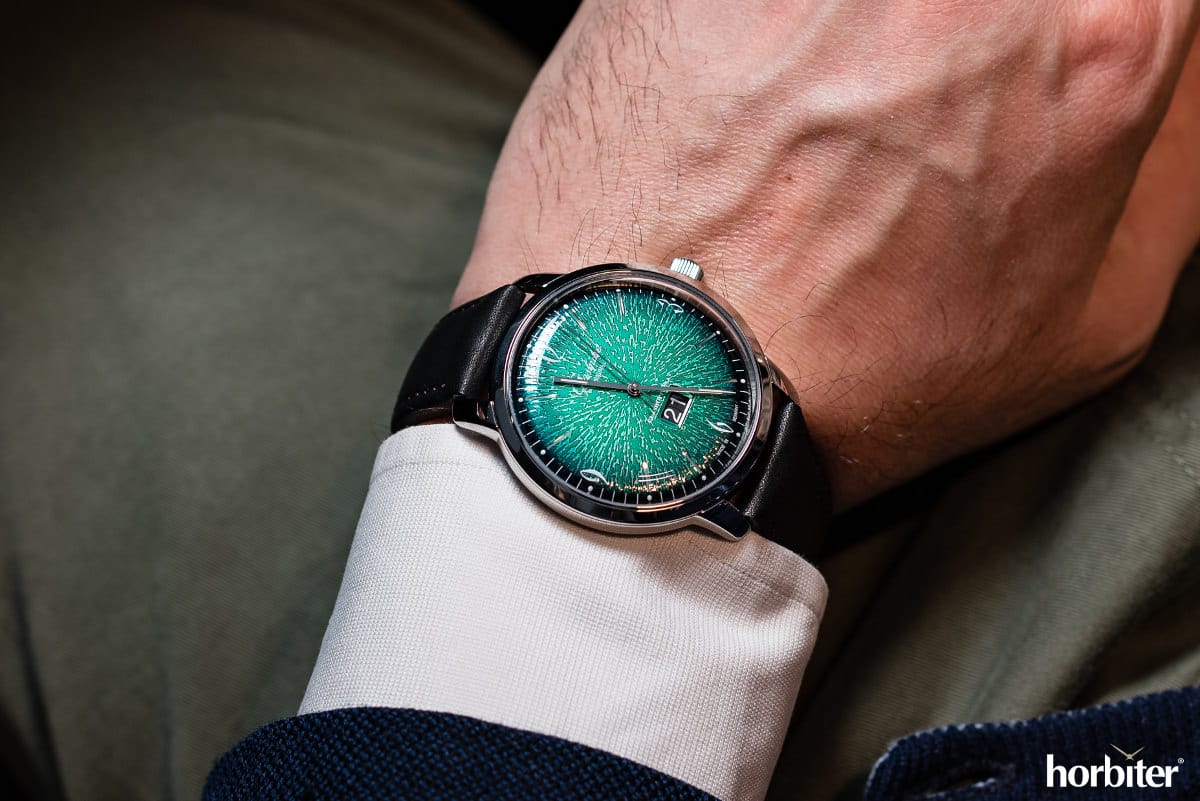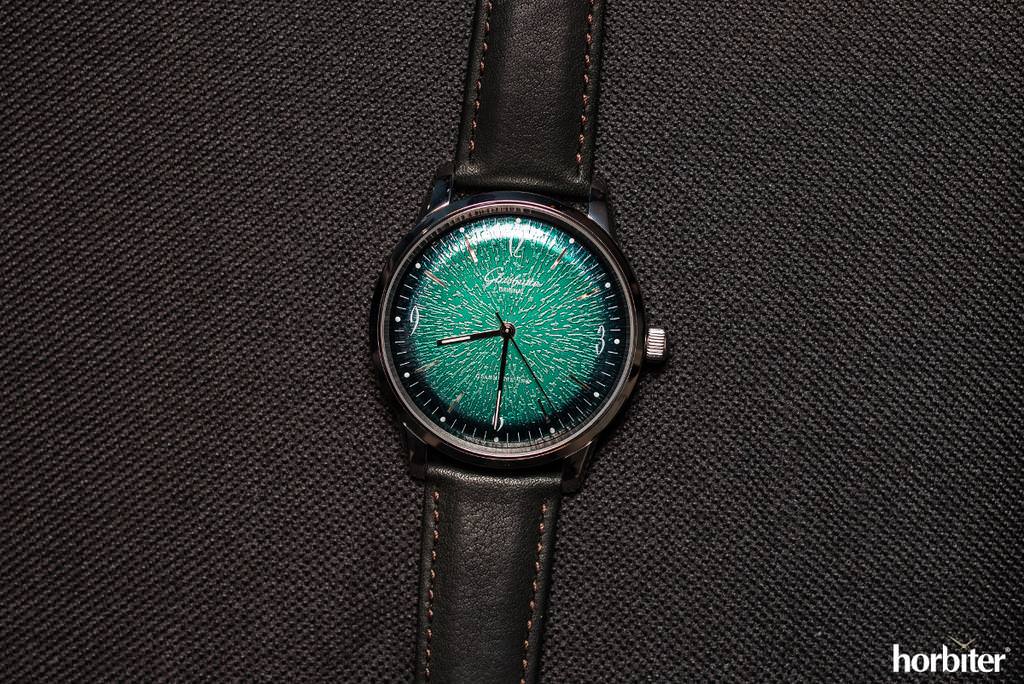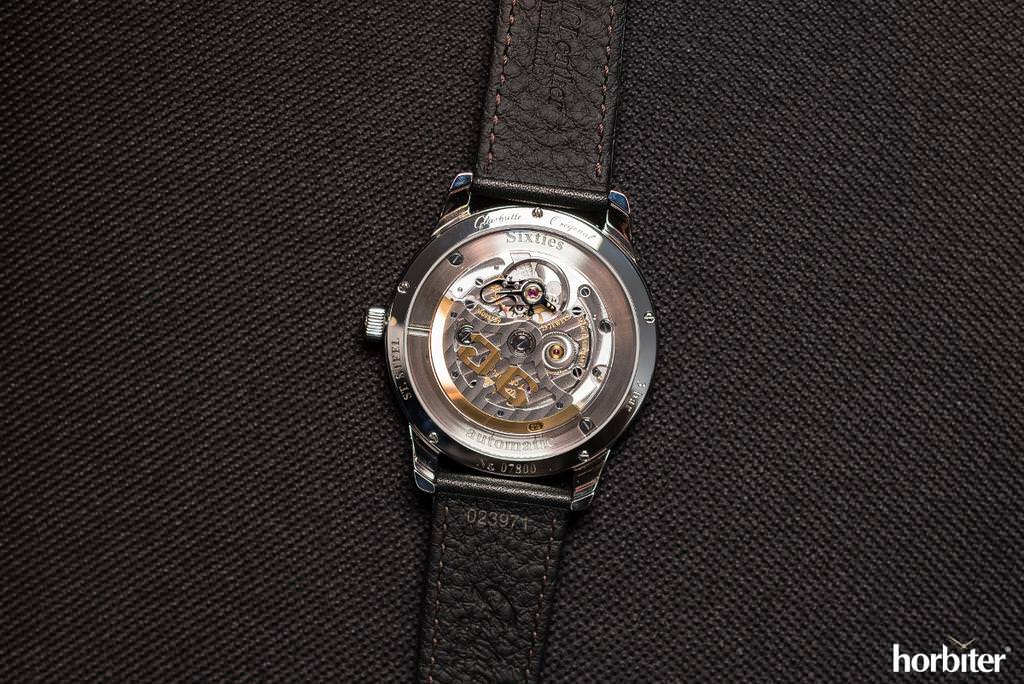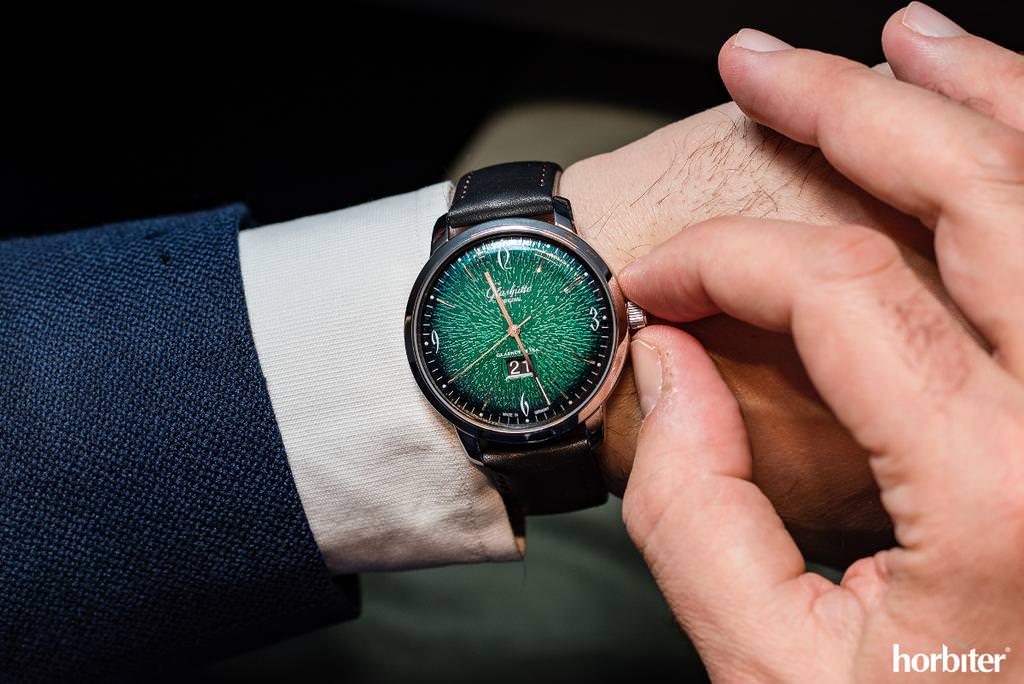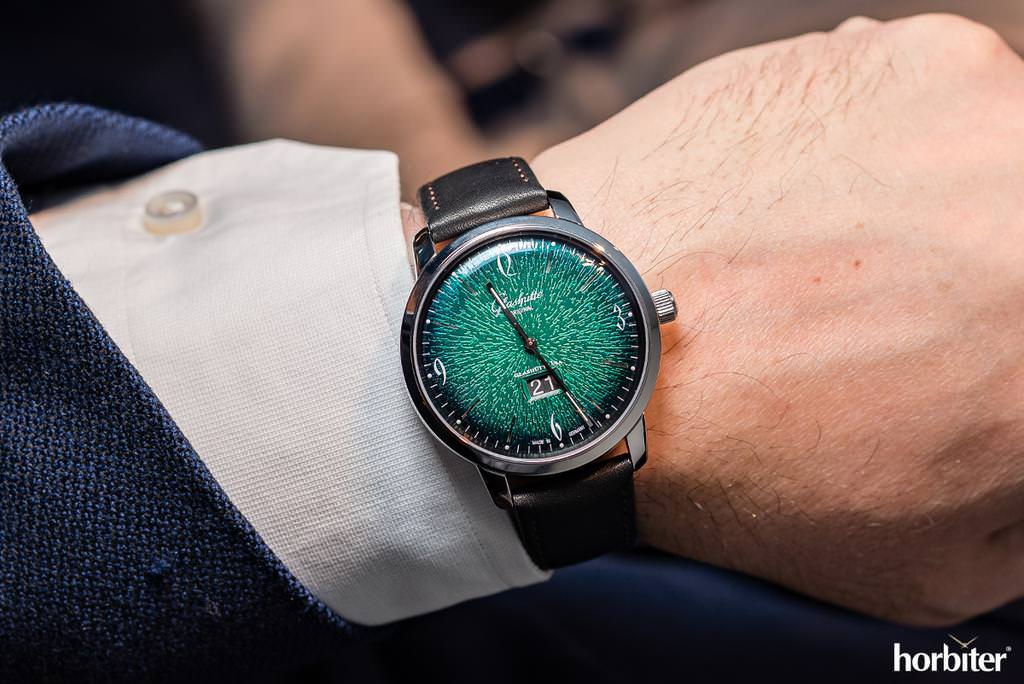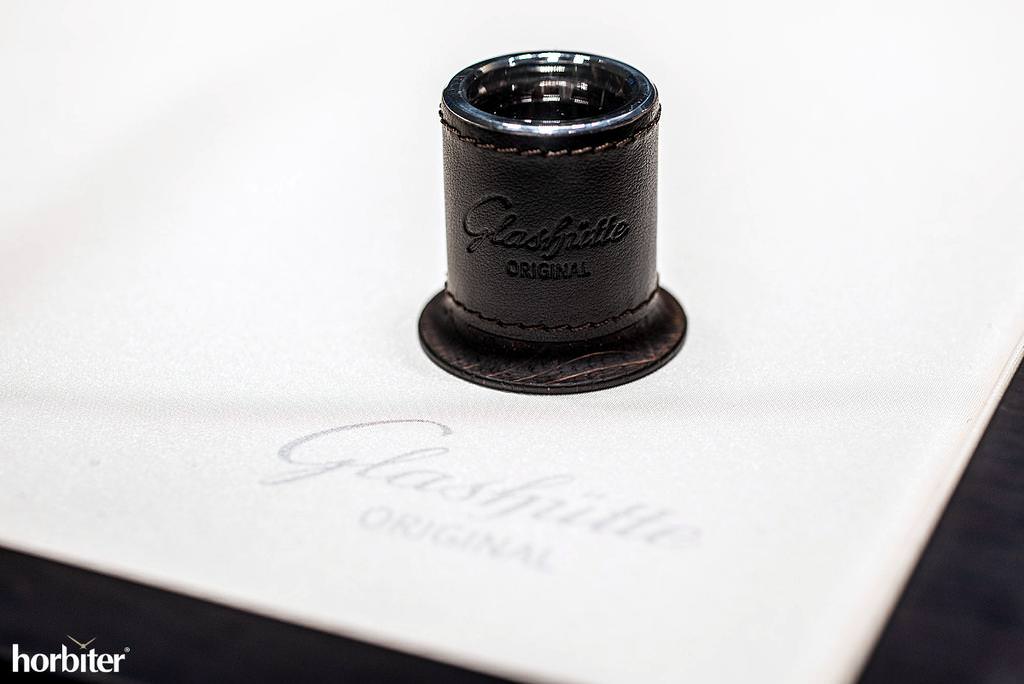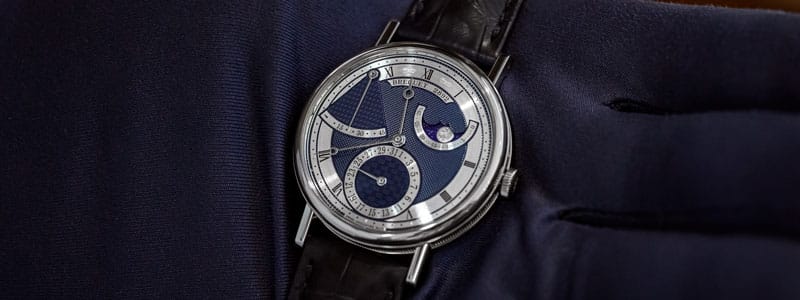Table of Contents
A bit of history – that common thread between Glashütte and Pforzheim
The Glashütte Original Sixties and the Glashütte Original Sixties Panorama Date are the modern re-enactment of the Spezimatic -reliable watches from the 60s that used to be manufactured back in the days, when the factory was still called GUB “Glashütter Uhrenbetriebe” (the Glashütte watch factory) and they used to be characterized by smoked dials and, in the rarer version, decorated also. It is interesting to note how, during a very difficult historical period for East Germany, when, after WWII the country completely isolated itself from the rest of world, Glashütte Original was able to develop a very successful watch that, still today, is very sought-after.
Technical features
Both watches are made of steel with a polished finish, a black leather strap and a pin buckle, they, however, differ quite a bit when it comes to their size. The Glashütte Original Sixties sports a diameter of 39mm and is the most similar version to the original Spezimatic, while the Glashütte Original Sixties Panorama Date sports a more masculine diameter of 42mm with the big date located in the centre of the watch. The calibres hosted within these timepieces are, the 39–52 and the 39–47, respectively and they are movements with a typical Saxon architecture featuring a 3/4 plate (a characteristic that is shared with A.Lange & Söhne too and that indicates the long common history between the two manufacturing companies). Both watches sport mirror-polished elements, a skeletonized rotor with an additional gold mass and the Glashütte logo, beveled corners and the unmissable fine adjustment of the balance wheel through a swan neck regulating system.
Why choose (or not choose) this Sixties?
Why should a customer be interested in a Glashütte Original Sixties? The answer lies in the name “Pforzheim” and it translates into a “dégradé dial“. This year, in Glashütte, they came up with quite a few creative ideas that brought us a green dégradé dial with a truly fascinating patter never before seen. Different techniques were used to obtain these special effects – they all start with original mouldings and a 60 ton press that could create the pattern that you can see on the dial.
Final conclusions
The Glashütte Original Sixties and the Glashütte Original Sixties Panorama Date represent, more of other timepieces, the history and the roots of the Glashütte Original brand. They retail at a price of 6,500 and 8,000 euro, respectively – they are not numbered editions, but they are only available for purchase this year. This is quite a smart marketing strategy in my opinion. The presence of two versions targeting different customers (one for the vintage purists and a more modern one) is quite appreciable, because it allows us to respond to two different types of potential customers and to make people appreciate a type of crafting and styles that, unfortunately, we are no longer used to seeing.
(Photo credit: Horbiter®’s proprietary photo-shooting)
Andrea Frigerio @Horbiter®

